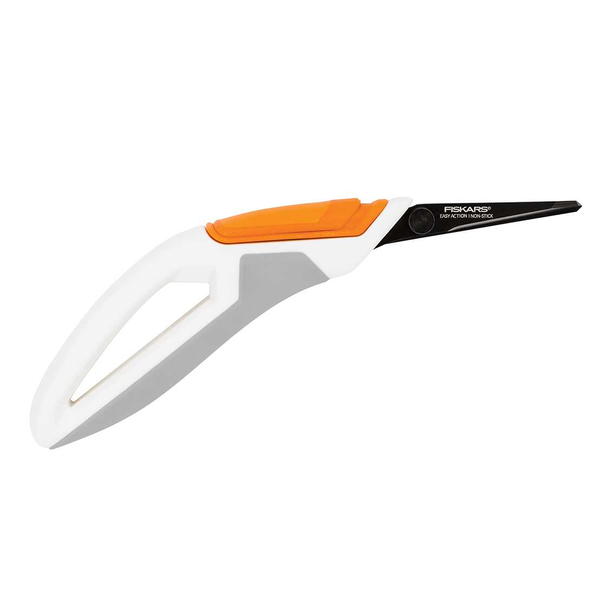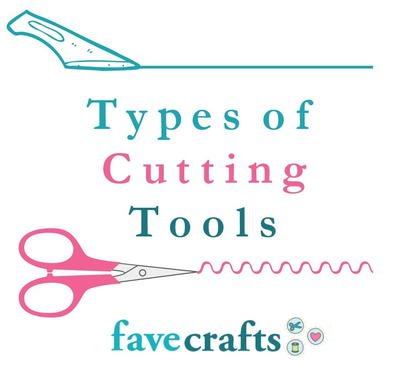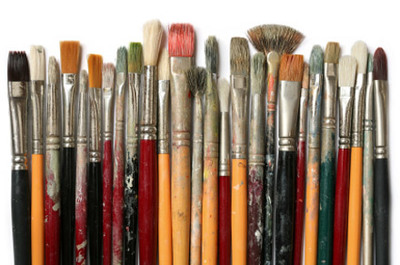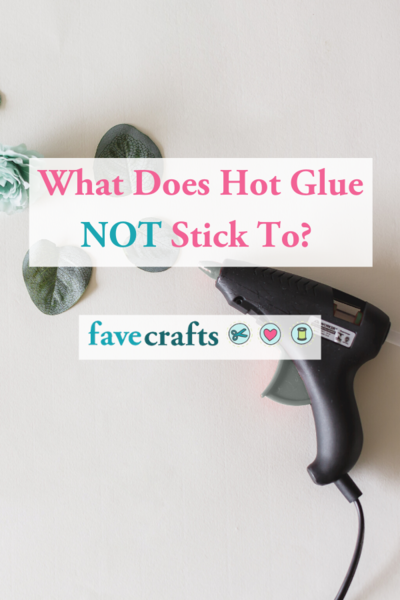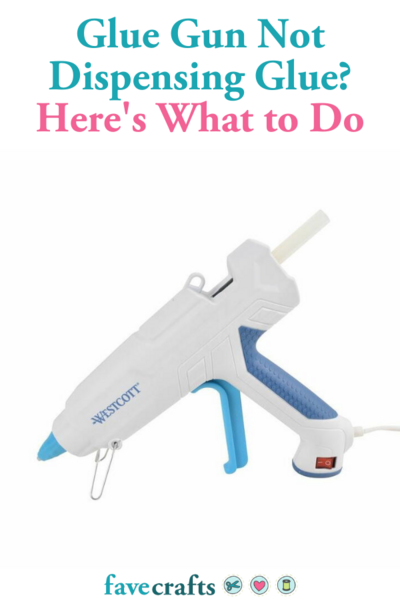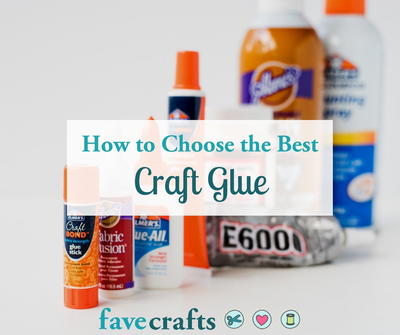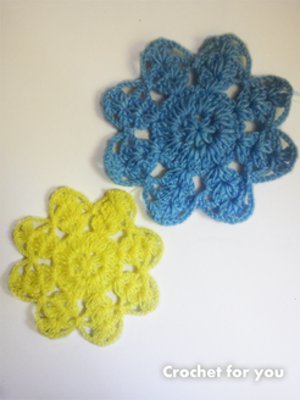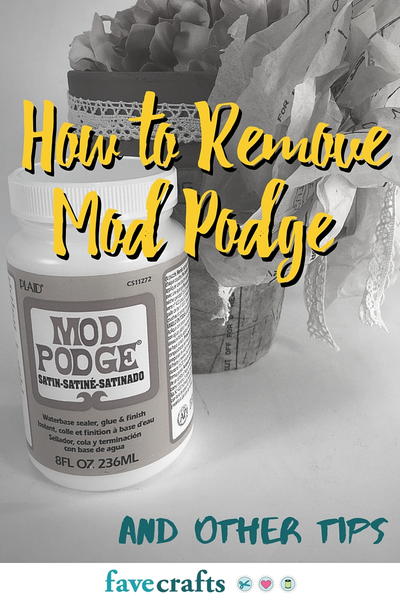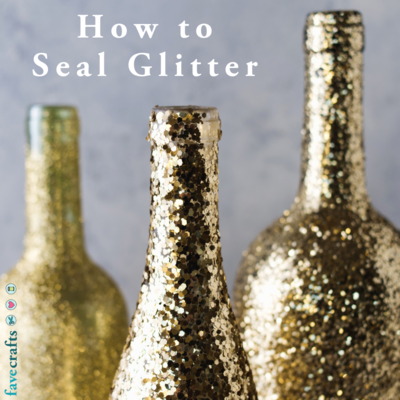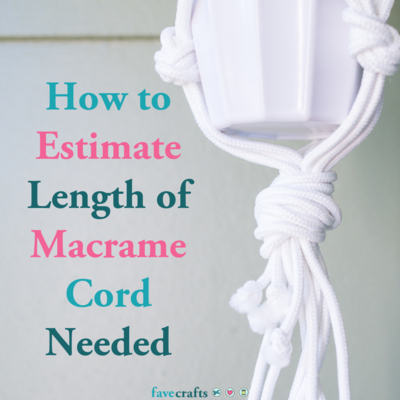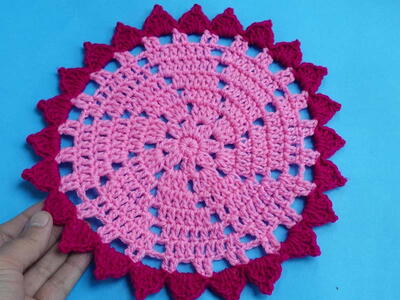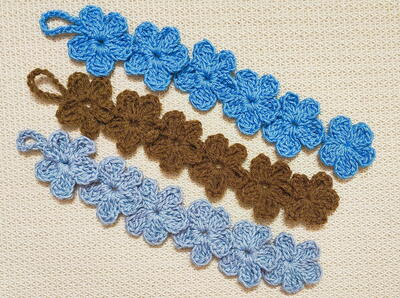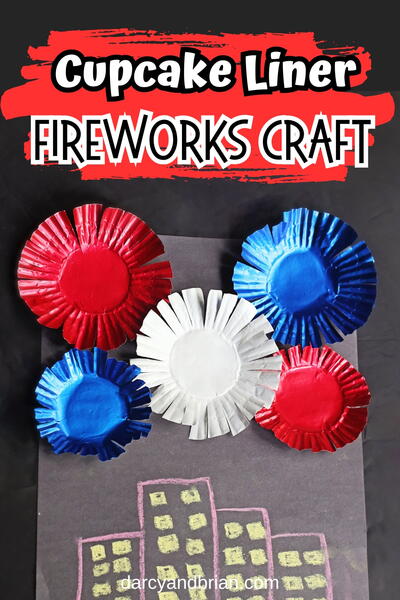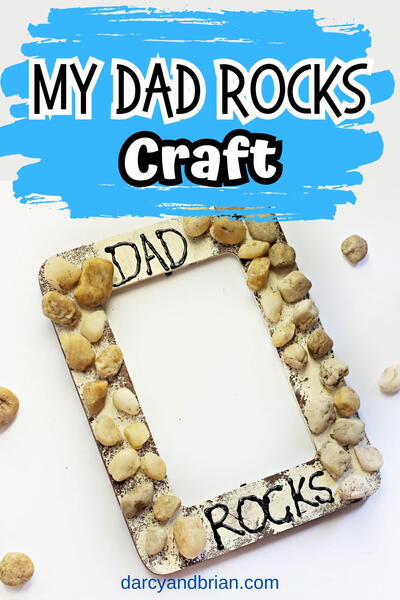Types of Cutting Tools: A Guide (for crafting)
Find examples of cutting tools and tips for using and taking care of cutting tools for crafting.
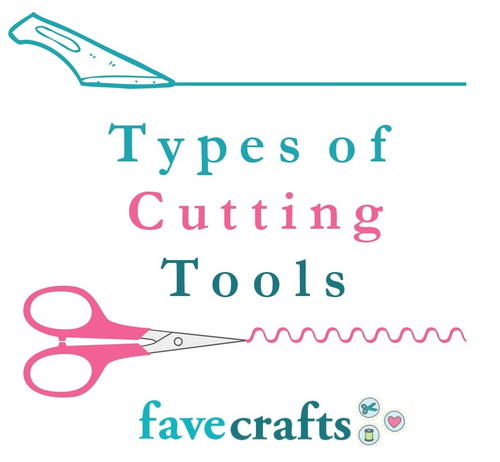
Use our quick and easy guide to the different types of cutting tools to learn how to use, store and care for everything from scissors and paper trimmers to craft knives and paper punches.
If you're an avid crafter or you're just getting into crafting, this is a wonderful and helpful guide for you to consult. Learn more about when it's time to invest in new blades for your paper trimmer, and how to protect your blades from dulling too quickly. Many of the tools covered are paper crafting tools, but you'll also find information about rotary cutters and other tools below. There are great tips in here for storing your cutting tools and troubleshooting when your punches are sticking. This is a fantastic and helpful list of cutting tools for beginners.
Types of Cutting Tools:
The types of cutting tools covered in this article include scissors, rotary cutters, paper trimmers, craft knives, decorative scissors, and paper punches.
Never cut with a dull blade.
Dull blades can tear, rip, and damage. Paper dulls blades very quickly so keep extra blades for paper trimmers, rotary cutters, and craft knives handy and sharpen scissors on a regular basis.
Rotary cutters are the easiest on your hands.
Rotary cutters now come with a wide assortment of decorative blades as well as perforating and scoring blades. Check out AllFreeSewing's tutorial for How to Use a Rotary Cutter and Mat to learn more.
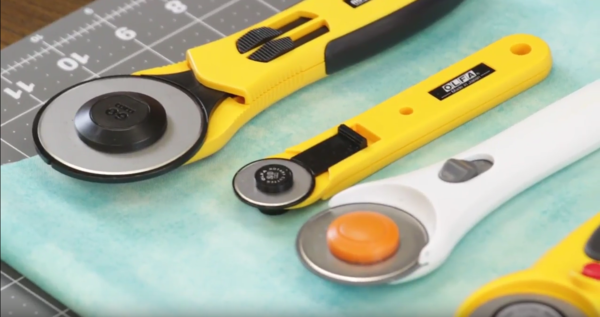
Keep all cutting tools dry and stored safely.
You can sharpen punches and keep them from sticking with household items.
Sharpen punches with aluminum foil and “oil” them with wax paper if they begin to stick.
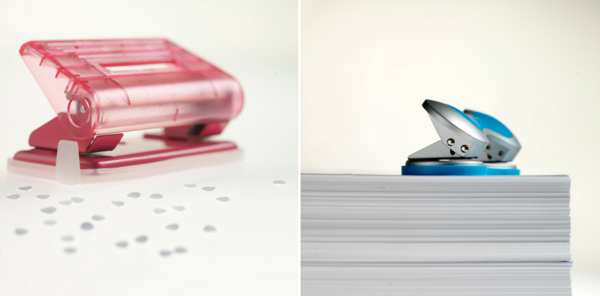
Craft knives are best for cutting straight edges and curves.
This is probably one of the most universal of all cutting tools and will cut through most materials with ease. There are swivel head knives that make detailed cutting even easier.
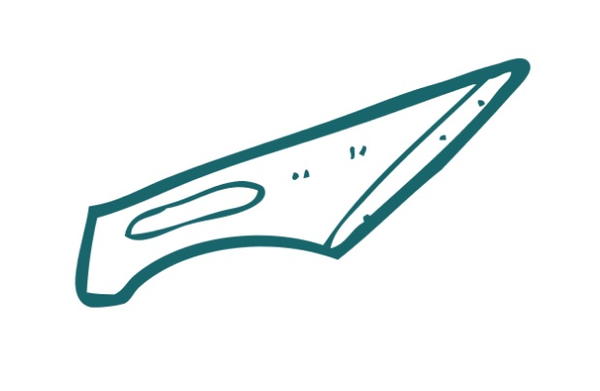
If cutting out small items, consider a pair of micro-tip scissors.
These are best for intricate cuts. When cutting bring the paper to the blade and move the paper, not the blade for the smoothest cuts.
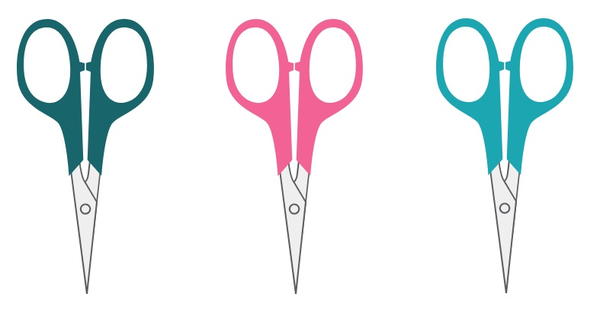
Do not use blades for anything but cutting.
It’s tempting to use the tips of scissors to pry something open, but you can end up breaking the tip. Blades can chip and once damaged the blade is no longer useful.
Know what supplies you have and what supplies you need.
Keep track of what scissors and punches you have and keep the list handy when you are shopping for supplies.
By turning decorative or patterned scissors around you will get a completely different look.
Try cutting a strip of paper with scissors one direction and on other side of paper turn the scissors other direction. That said, don’t use more than one or two different decorative edges on a page. Too many decorative edges makes the page look busy and confusing.
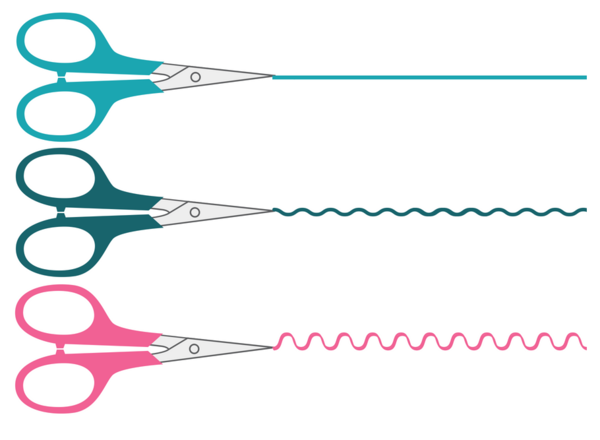
Punches often have guides or bottoms that open.
These can be removed without harming the punch.
Hand punches with cushioned grips are the most comfortable for your hand.
There are also hand tools that when combined with flat punches make it easier to “punch” down.
What cutting tool do you find yourself using most often when crafting?

